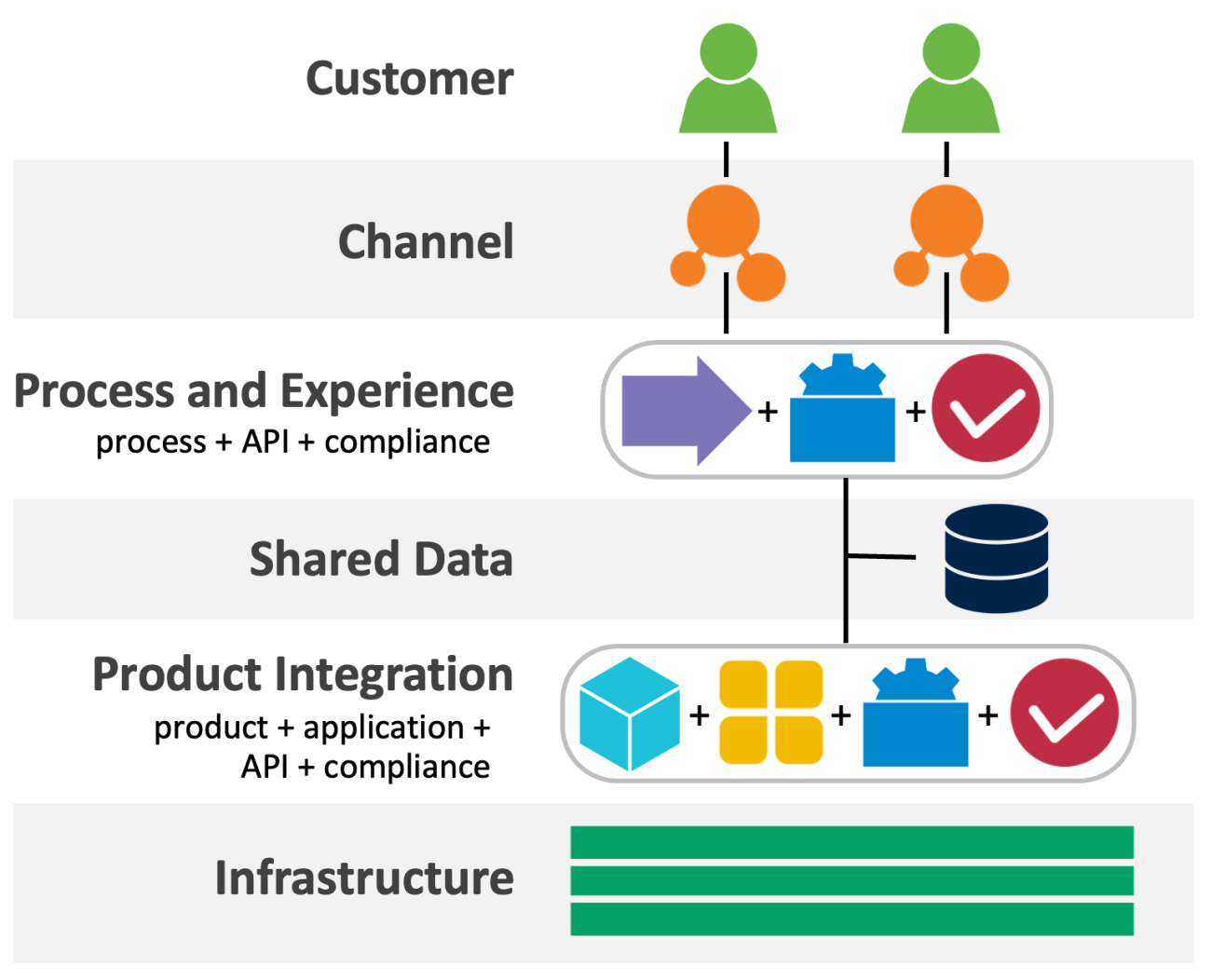Enterprises today often replatform as part of their efforts to become Future Ready[foot]P. Weill and S. L. Woerner, “Future Ready? Pick Your Pathway for Digital Business Transformation,” MIT Sloan CISR Research Briefing, Vol. XVII, No. 9, September 2017, https://cisr.mit.edu/publication/2017_0901_DigitalPathways_WeillWoerner.[/foot] because the state of their existing systems, data, and processes hinders the organization’s ability to compete in the digital economy.[foot]P. Weill, S. L. Woerner, and M. Harte, “Replatforming the Enterprise,” MIT Sloan CISR Research Briefing, Vol. XX, No. 7, July 2020, https://cisr.mit.edu/publication/2020_0701_Replatforming_WeillWoernerHarte.[/foot] Replatforming, when an enterprise transitions legacy applications to cloud platforms and digitizes its “crown jewels” (the components and capabilities it is best known for), enables the enterprise to fulfill its current business needs, innovate, and adapt to future needs.
Replatforming is itself challenging enough, but to get buy-in and investment you must convincingly explain the plan to the board and top management team.[foot]Once buy-in has been achieved at the top, it is important to explain replatforming to the entire organization to get them focused.[/foot] This necessary prerequisite for success presents two challenges. The first challenge is to define what a future-ready platform is, and how that is different from what the enterprise has now. The second is to lay out the approach to replatforming you propose the enterprise should take. This includes articulating what would be replaced (and what wouldn’t) and how it would be integrated into the existing environment (if it would be), as well as the customer impact, expected costs, changes, and risks to be managed along the way.
Effectively explaining replatforming helps secure needed funds, sets realistic expectations about the business value to be created and metrics to assess it, and surfaces risks. Most importantly, an effective explanation of replatforming clearly depicts the roles of the board, top management team, and technology and other teams in achieving successful results. A poor explanation is a contributing factor to replatforming failure. A clear explanation will illuminate the business model choices that the replatforming will support and outline the governance needed to increase the likelihood of success.
In this briefing we first define a future-ready platform and guiding principles for building one, based on MIT CISR research[foot]The definition of a future-ready platform and the guiding principles for building one emerged from dozens of interviews with executives, workshops with senior executives, and writings from two CIOs on their experiences. The interviews with executives were part of MIT CISR’s Future Ready research from 2015 to 2021.[/foot] and the CIO experience of two co-authors. We then share lessons on how to describe what a future-ready platform is and propose a way to explain replatforming to boards and the top management team. Effectively explaining replatforming is a skill that technology leaders, and eventually all leaders, must develop.










